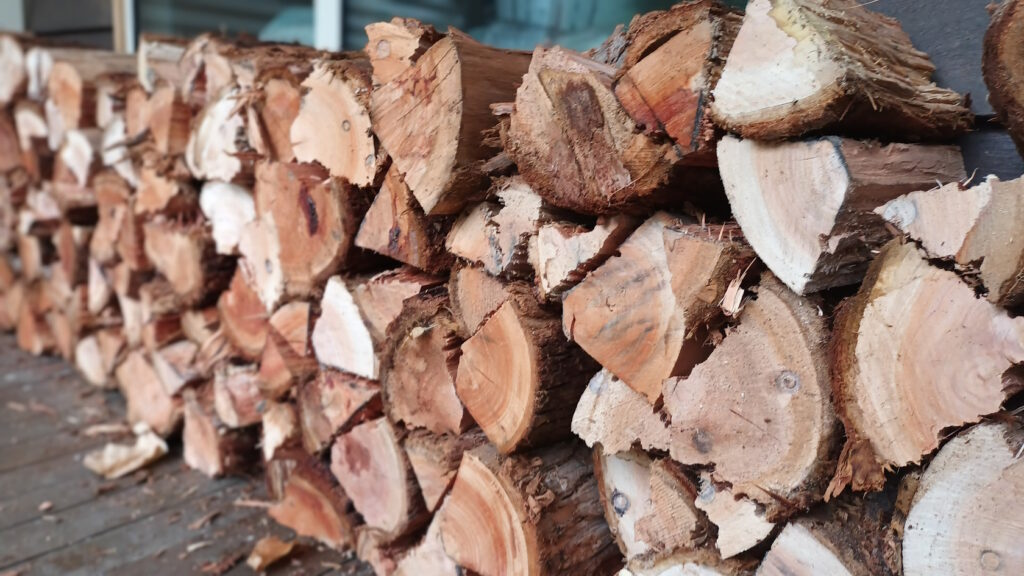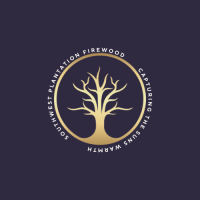Stuck on Jarrah?
In Western Australia many people believe there’s only one type of wood suitable for firewood – a WA native species – Jarrah. But using Jarrah for firewood will, like the engraving of the Western Australian Jarrah Timber Works operating in Geographe Bay in 1873, soon be part of history. The Western Australian Government has now banned commercial logging of Jarrah altogether (from Jan 1 2024) so access to it will steadily decrease as existing stocks are depleted. Soon the only legal way to obtain Jarrah will be to collect it yourself for domestic consumption from a designated firewood collection area in the forest.
Its true Jarrah makes great firewood, its dense, largely sap free, generally it splits readily with just an axe. Jarrah burns well, produces a good heat and does not leave a lot of creosote in the chimney or ash in the fireplace. But its going – so whats next?

The rest of Australia and indeed the rest of the world has managed to use firewood for heating and cooking and has NEVER used Jarrah, so there are plenty of high quality alternatives. South West Plantation Firewood principally use Rose Gum (Eucalyptus Grandis), Spotted Gum (Corymbia Maculata) and Swamp Mahogany (Eucalyptus Robusta). These species are all indigenous to Eastern Australia and planted in Western Australia as a commercial crop. As a renewable crop they are a real improvement over logging native forests from a conservation and sustainability point of view.
So WHAT IS THE DIFFERENCE? If you switch whats the deal living with firewood other than Jarrah? We have been using the timber that we sell in our own home and our short term stay cottages for nearly 20 years, so we have some experience to fall back on. Like Jarrah these firewoods all
Burn well and produce a good warmth – like Jarrah they are dense woods and have a high energy value. They burn much better if they have low moisture content – proper seasoning and storage ensures this.
Have low sap levels and produce little creosote – they wont block up your chimney
Produce only small quantities of ash – reducing how often you need to clean out your fireplace.
THE BIG DIFFERENCE is that they generally are more effort to split. Unlike the furniture grade Jarrah most of us have been burning, with its dead straight grain that cleaves apart when you drop an axe on it, the Eastern States species require you to use a block splitter. Think of curly grained jarrah with the grain all interlocked and you have your average bit of Rose Gum.
This is not the end of the world. Tool up and the job is easy. To help our customers we will be adding a couple of products this year –
First we have firewood splitting blocks – big stable chunks of tree 500 – 700 in diameter and 800 high a nice solid tall chopping block makes splitting easy. Team that up with a 2.5 – 2.5kg block splitter and a difficult job becomes easy.
Second for those of you who feel that playing lumberjack is not your thing we have introduced “stove sized” firewood in bulka bags. These bags are packed with wood that has been sent through the splitter a second time. We aim for a maximum size of 100mm square – so no need to split any further. These bags are a few dollars more than the standard bag with some large pieces.
As its now our second year of operation we are in the happy position of being able to offer firewood that has been cut for more than 12 months. This means its crispy dry and burns really well without any need for us to use accelerated drying techniques.
- swpf_admin
- on Jan, 30, 2024
- Seasoned Firewood
